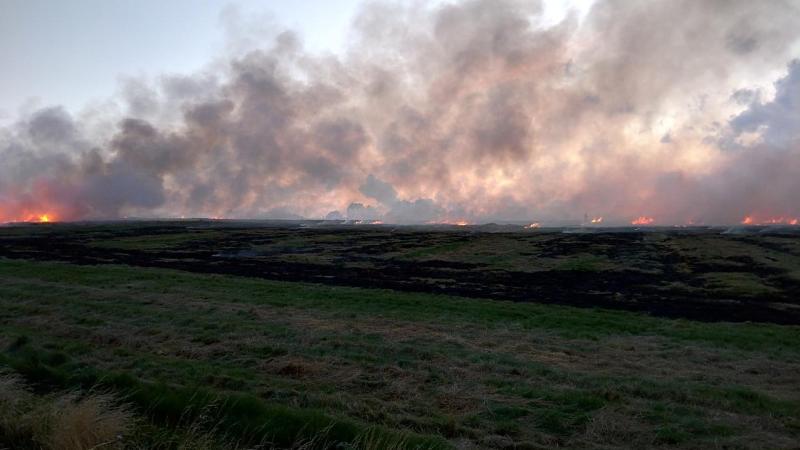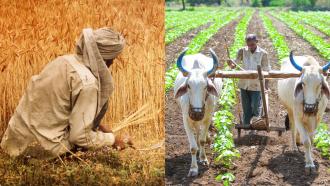
India is home to 14 of the 15 most polluted cities in the world. So, it is little surprise that one in eight deaths here is due to air pollution. Apart from the usual culprits, like industries and automobiles, burning crop residue by farmers adds to the cocktail of hazardous air we breathe in. In a recent study, researchers from the International Food Policy Research Institute, University of Washington, USA, and Oklahoma State University, USA, have reported the economic losses and associated health risk caused by stubble burning in some parts of north India.
Although the National Green Tribunal, in 2015, banned stubble burning, weak enforcement of the ban and lack of alternatives has led to farmers continuing with this dangerous practice. Besides causing respiratory infections, it reduces soil fertility, increases global warming and results in loss of biodiversity. The impact of this practice is so widespread that crop burning in neighbouring states like Haryana and Punjab increases the levels of PM2.5 in Delhi by up to 78%.
The current study, published in the International Journal of Epidemiology, focuses on the disease burden and economic costs associated with crop burning. It was funded by the Indian Council of Agricultural Research.
As a first step, the researchers analysed information about crop burning from satellite images, and used the District Level Household Survey (DLHS-4) to obtain data about acute respiratory infections. They also looked at the impact of pollution during Diwali and vehicular emissions on people’s health.
The study found that about 14% of acute respiratory infections in Haryana, Punjab and Delhi, recorded in 2013, can be attributed to stubble burning. On the contrary, states like Andhra Pradesh and Tamil Nadu, where crop burning is not common, and the use of firecrackers is limited, recorded fewer such infections. The researchers estimate that living in areas with intense crop burning increases the chance of acute respiratory infections by three-fold, with children under the age of five being the most affected.
Exposure to stubble burning also resulted in massive economic losses in the northern states. “We found that agricultural crop-residue burning leads to over US$30 billion losses in economic value every year”, reports the study. That amount roughly translates to about a whopping two lakh crore rupees!
The study recommends investing in alternatives to prevent stubble burning for sustainable economic development. “Investments to stop crop burning and offer farmers alternative crop residue disposal solutions are likely to improve population-level respiratory health and yield major economic returns”, concludes the study.






